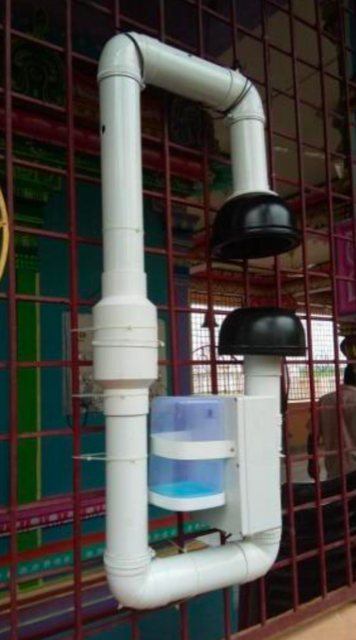Sensor Technologies for Real-Time Monitoring of Mosquito Populations through Heat Maps
The Challenge
Various countries around the world face the burden of vector-borne diseases like malaria, dengue fever, and yellow fever, among others. As per the World Malaria Report 2018, India is one of the top countries with an enormous malaria burden with 94% of its population currently at risk of malaria. Data collection of mosquito breeding patterns is critical; however, the traditional manual method is limited as it is labor intensive and does not provide real-time data. Thus, there is a dire need to employ technologies that can capture real-time mosquito data and generate visualizations, such as heat maps, to enable better disease management strategies.
The Purdue Innovation
The lab will use passive acoustic sensors to apply AI-based tools that will recognize varied acoustic patterns of mosquito genera, including Aedes ssp., Culex ssp., and Anopheles ssp., which act as vectors for dengue, faliarisis and malaria respectively; and estimate abundance density using these acoustic signals. Signals would be tied to a real-time, edge computing acoustic sensor that could send alerts to a centralized server and/or to a phone app that would signal critical time periods for further action to prevent the occurrence of disease.
-photo-2_2.png)


The Partners
Purdue University
- Bryan Pijanowski, PhD, College of Agriculture, Dept. of Forestry & Natural Resources
- Kristen Bellisario, PhD, Postdoctoral Research Associate, College of Agriculture, Dept. of Forestry & Natural Resources
Collaboration
- Research and Innovation Circle of Hyderabad (RICH) Team
The lab proposes to train partners to collect live sample acoustic feeds using passive acoustic sensors in water bodies and other mosquito breeding sites across Hyderabad and use drones used to collect high resolution data. Recordings from the sensors will be analyzed jointly by the Purdue-RICH team to ensure strong technology transfer and the tailoring of the technologies to the problem at scales that matter.



